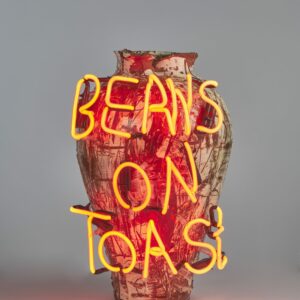If you are trying to live a sustainable life and make choices that are good for the planet, then you are likely struggling when it comes to shopping for clothing. The fashion industry has a big impact on the environment. Many people don’t know how their clothing choices affect the planet.
It’s wise to use a sustainable fashion strategy such as buying vintage jewelry and clothing to reduce the impact of manufacturing. Another choice is to look for clothing made with low-impact materials that do less harm to the planet. In this article, we will go over several of these materials so you can make better shopping choices.

1 – Organic cotton
Low-impact cotton is a more environmentally friendly choice compared to regular cotton. One of the best options within this category is organic cotton. The key difference lies in the farming methods used. Low impact cotton, especially organic, is grown without synthetic pesticides or fertilizers, making it safer for the planet and farmers alike.
To maximize your sustainability, look for clothing made with the Better Cotton Standard (BCI) System such as these women’s button down shirts. BCI regulations promote responsible land use, minimal water consumption, limited use of non-natural products, and farming methods that protect biodiversity.
Low-impact cotton farming also prevents soil damage. Conventional cotton farming often relies heavily on chemicals that can degrade the soil. Low-impact methods, such as crop rotation and natural composting, improve soil quality.
2 – Bamboo
Bamboo is a great low impact material because it grows fast and is renewable. It can mature in just a few years and keeps growing back without needing to be replanted which makes bamboo a very sustainable resource for clothing.
Bamboo farming requires significantly less water compared to conventional cotton. Bamboo grows on rainwater alone, eliminating the need for extensive irrigation systems which conserve water resources.
Bamboo plants have deep roots that help prevent soil erosion. These roots hold the soil together, reducing the risk of landslides and improving soil health. Bamboo plants contribute to soil fertility by returning nutrients to the soil through their leaf litter.
Bamboo farming does not require pesticides or chemical fertilizers. The plant’s natural resistance to pests and diseases eliminates the need for harmful chemicals, resulting in cleaner and healthier farming environments.
3 – Tencel (Lyocell)
Tencel, also called Lyocell, is a fabric known for being eco-friendly and comfortable. Its eco-friendly production process and its softness and ability to manage moisture make it a great choice for many types of clothing and textiles. It is made using a special process that recycles almost all of the water and chemicals used, which is great for the environment. This process, known as a closed-loop system, means that there is very little waste.
Tencel is made from wood pulp, often from trees grown in well-managed forests. During production, over 99% of the chemicals and water used are captured and reused. This helps to cut down on pollution and saves resources, making Tencel a very sustainable fabric.





